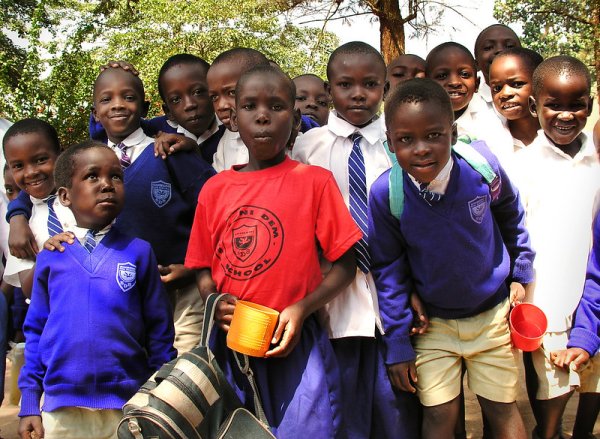Malaria chemoprevention after hospital discharge reduced mortality and sickness in children recovering from severe anaemia
A systematic review and individual patient meta-analysis found that malaria chemoprevention after hospital discharge reduces deaths in children recovering from severe anaemia by 70%, and hospital readmission by 55%.

These results suggest that in areas with intense malaria transmission, such as many parts of Africa, malaria chemoprevention after children with severe malaria are discharged from hospital could be a valuable strategy for managing this group, which is otherwise at high risk from malaria.
The analysis included data from over 3,000 children across the Gambia, Malawi, Uganda and Kenya, with the children receiving preventive doses of antimalarials for about 3 months after they left the hospital, once they had been treated for severe anaemia and discharged.
This is the first meta-analysis of post-discharge malaria chemoprevention, and it finds this intervention effectively reduces both death and readmissions. These benefits were evident regardless of whether the children slept under a bednet, and were the greatest among those admitted with malaria-associated anaemia. But the effects of malaria chemoprevention were still evident in children admitted with other causes of severe anaemia.
However, the protective effects were not sustained after the effects of the antimalarial chemoprevention had worn off.
Study lead Professor Feiko ter Kuile said “Together with previous work, these results do support the latest malaria chemoprevention guidelines issued by the WHO, which now recommend post-discharge malaria chemoprevention for children hospitalised with severe anaemia who live in areas with moderate to high malaria transmission.”
More work is now needed to understand the best methods to deliver malaria chemoprevention, potentially with options to prolong the protection offered by this intervention.
Read the full paper in Lancet Global Health.
